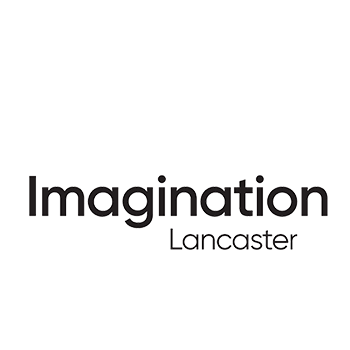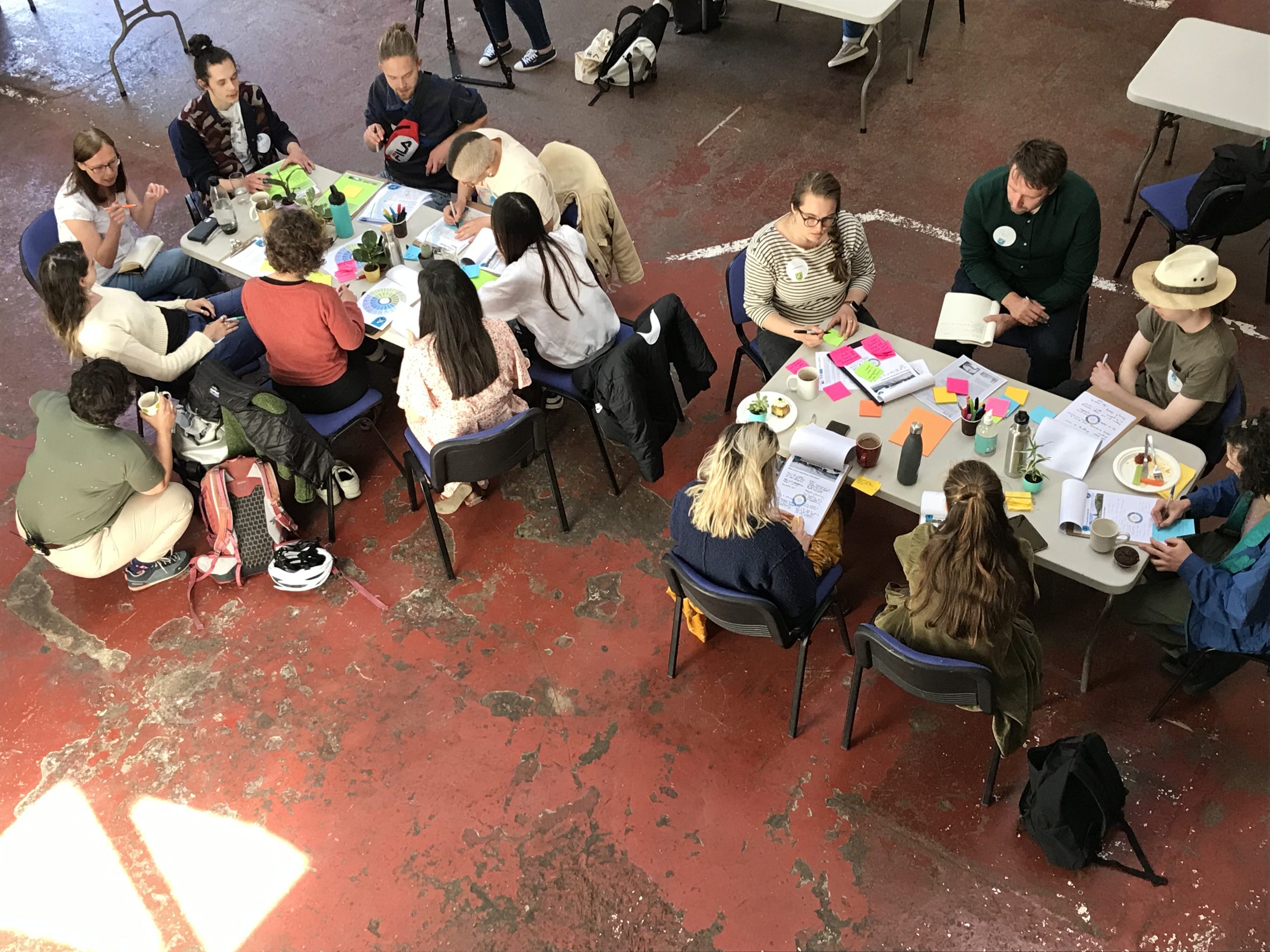Placemaking with Young Adults Workshop
Placemaking with Young Adults
On the 28th of May, we facilitated the first Placemaking with Young Adults event, which focused on unfolding the young adults’ views on sustainable ways of living and had them co-produce a collective image that captured their key priorities of the placemaking framework.
In total 10 young adults (18-30 years-old) from across the district, 4 policy-makers and 2 engagement officers from Lancaster City Council, and 1 young adult from Mexico took part in a full day of creative activities held in the Halton Mill, Halton, Lancaster. Many of the young adults were from Lancaster Youth for the Environment or from Lancaster University. The event was facilitated by an interdisciplinary team from LCC and ImaginationLancaster. The workshop was video-recorded by professional film-makers and participant consent for the film making was granted with the intention of disseminating the experimentation and process of creative and inclusive methods for engagement with young adults.
The day kicked off with pairing people up over coffee and providing a chance for them to introduce themselves and begin getting to know each other. The group then assembled and the pairs introduced the other person. After that, we focused on exploring the placemaking framework designed in unison with design-researchers and Lancaster City Council officers (see previous blog).
We gave the participants a walking tool kit based on the placemaking framework and we all together went for a wander around Halton Mill facilitated by Susanna Dart who guided us around a sustainability tour with three planned spots, – each one depicting specific sustainability qualities and features. The spots were:
1) The Centre at Halton: The community centre has solar panels on the roof, large community spaces, and a café. The grounds feature an equipped playground, football field, skatepark, basketball court, covered seating, and wildflower areas.
2) Halton Allotments: The set of 34 allotments are individually gardened and managed by the Parish Council.
3) Lancaster Cohousing: The community led PassivHaus development of 41 homes built on a brownfield site, features a range of sustainability measures. The development has a comprehensive renewable energy strategy including solar PV, solar thermal, hydro electricity and biomass district heating. It also features a sustainable travel plan with shared bikes, mobility scooter and car club. The development also focuses on a shared economy towards reducing emissions so has shared laundry, guest rooms, common facilities and tools, and cooperatively run food store.
The participants seemed excited and intrigued about the whole process. We moved, walking in small groups, comfortable, observing our surroundings and letting ourselves be embraced by the environment. Susanna provided a narrative entangling those physical spaces with the past, present and future sustainable features and how those enable and support sustainable ways of living for the Halton communities. the participants also discussed how they experienced the walk around Halton, the visible sustainability measures, where infrastructure was lacking (such as cycle lanes), aspects that liked and didn’t like from a design perspective. When we came back, we had lunch and an opportunity to continue our informal conversations.
In the next activity, the participants organically divided in two small groups and begun to reflect on and share their insights and issues that emerged from the facilitated walk. They explored the intangible attributes and tangible measurements of the placemaking framework and then collected different ideas on post-it notes in unison policy-makers and young adults collaborating together. They all shared their views and clustered the insights against the framework. During this collective analysis, patterns emerged around the four themes of the framework. In Design and Appearance, the most repeated insights were clustered around multifunctional, sustainable, and innovative intangibles. In the Places and Spaces, the insights were clustered around things to do, green and prosperous intangible features. In the Movement and Travel theme, the key intangibles identified were: accessibility, walkability, and cyclability. The Social Communities theme highlighted the intangibles of safety, fun, and well-looked after.
The final activity consisted of each group of participants (young adults and policy-makers) developing a collective collage that visualises their values of placemaking and sustainability. In addition, they co-developed a short manifesto that was presented at the end of the workshop.
The workshop began to create horizontal group dynamics and we reached the point where participants started building other types of relationships. We thanked everyone who took the time to participate and for their unevaluable contributions to the workshop.
The analysis of the workshop unfolded seven key findings about what young adults want:
- Welcoming places: inclusive and balanced between nature and the built environment, a predominance of natural open spaces, with the inclusion of allotments
- Good active travel infrastructure: supporting a culture of active travel through planning and creating a solid infrastructure of pedestrian and bicycle paths
- Young adults’ definition of essential housing qualities and features: inhabitation conditions go beyond just housing, expanding to the neighbourhood level, where social and family life can be reconciled with work
- Food growing: generate social cohesion, wellbeing and healthy communities through local food growing
- Travel: planning and reinforcing a robust public transport network (e.g., bus and train)
- Renewable energies: balance between the natural and the built environment, where wildlife and landscape-led development are key aspects in its design and appearance
- Identity of the place: a sustainable city that is a benchmark for innovation and social cohesion at a national and international level, with active participation processes and community agency in the process of designing of the built environment.







